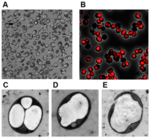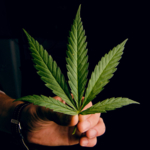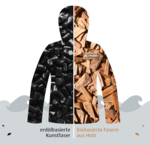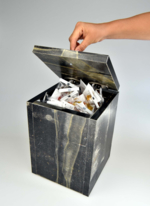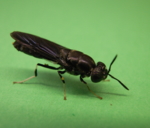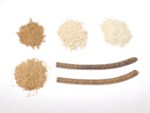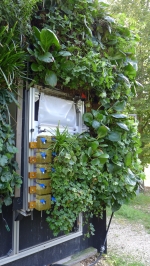
Rain-retaining living walls improve the urban climate and protect against flooding
Due to dense urbanisation and associated soil sealing, heat and heavy rainfall are becoming an increasing problem for people living in cities. Researchers at the German Institutes of Textile and Fibre Research (DITF) in Denkendorf have developed innovative living walls that not only help cool the environment, but also provide flood protection thanks to their water retention properties.
https://www.biooekonomie-bw.de/en/articles/news/rain-retaining-living-walls-improve-urban-climate-and-protect-against-flooding
